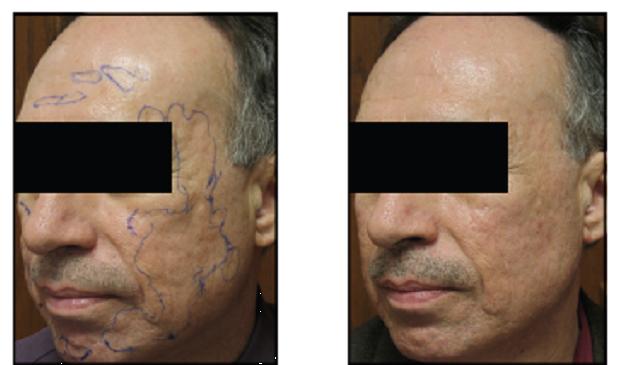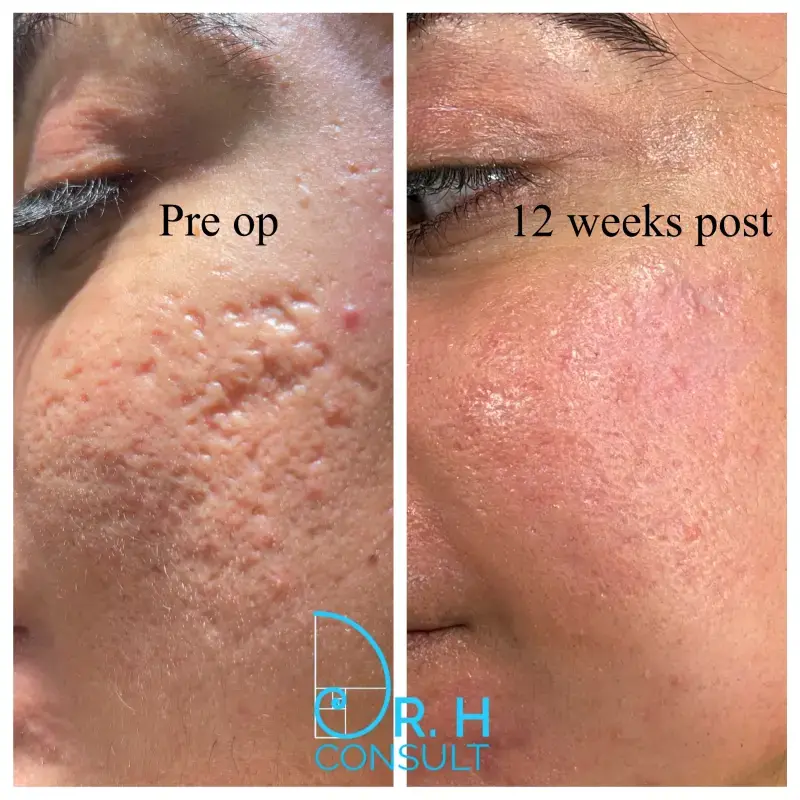Expert Acne and Acne Scars Treatment: Durable Results for Clearer Skin
Expert Acne and Acne Scars Treatment: Durable Results for Clearer Skin
Blog Article
Comprehending the Different Skin Problem and Reliable Therapy Options for Acne Scars
Acne scars represent an intricate interplay of skin problems that dramatically effect people' self-esteem and total skin health and wellness. Understanding the distinct types of acne marks-- hypertrophic and atrophic-- together with their underlying reasons, is crucial for establishing reliable treatment methods. Different therapeutic options exist, ranging from sophisticated skin-related procedures to natural solutions. The efficacy of these treatments commonly hinges on customized assessments by certified professionals. As we explore the landscape of acne mark administration, it ends up being evident that the trip towards more clear skin may include more than just topical services.
Types of Acne Scars
The 2 main groups of acne marks are hypertrophic and atrophic scars. These marks are additional categorized into 3 subtypes: ice pick scars, which are deep and slim; boxcar marks, which are larger and have distinct sides; and rolling scars, which produce a wave-like look due to uneven skin appearance.
On the other hand, hypertrophic marks arise from an overproduction of collagen during the healing procedure, resulting in raised areas on the skin. These scars are typically strong and can differ in color, often showing up red or darker than the bordering skin.

Reasons For Acne Scarring
Scarring happens as an outcome of the body's natural recovery response to inflammation and injury brought on by acne sores. When acne forms, it triggers an inflammatory feedback, bring about the launch of various cytokines and growth variables that promote healing. Nonetheless, this procedure can occasionally cause extreme cells development or poor repair, leading to marks.
The key sources of acne scarring include the intensity of the acne itself, period of the lesions, and private skin kinds. Extreme inflammatory acne, such as blemishes and cysts, is more probable to result in scarring as a result of deeper tissue damage. Additionally, improper handling of acne sores, such as pressing or selecting, can intensify cells injury and inflammation, boosting the likelihood of scarring.
Hereditary tendency also plays a significant function; individuals with a household history of scarring are at a greater danger. Furthermore, skin type and shade can influence scar formation, as darker skin tones might experience post-inflammatory hyperpigmentation, while lighter skin may create atrophic marks.

Therapy Options for Scarring
Efficient treatment alternatives for acne scarring differ depending on the type and intensity of the marks. Normally categorized into atrophic, hypertrophic, and keloid scars, these problems call for customized methods for optimal outcomes.
For atrophic marks, which are defined by a loss of tissue, therapies such as chemical peels, microdermabrasion, and laser treatment are generally utilized. These approaches promote this contact form skin renewal and boost collagen manufacturing, thus boosting skin texture. Subcision, a minimally intrusive procedure, can also be effective by breaking up coarse bands below the skin.
Keloid and hypertrophic marks can be much more challenging to treat. Choices include corticosteroid shots to reduce swelling and flatten the marks. acne treatment for sensitive skin. In some cases, cryotherapy or laser treatment may be recommended to lessen their look
Surgical choices are available for extreme scarring, where excision or skin grafting might be required. It's crucial for individuals to seek advice from a skin specialist to analyze their details mark type and talk about the most ideal therapy plan. Integrating several treatments typically generates the very best results, ensuring that each individual's one-of-a-kind skin disease is addressed properly.
Natural Home Remedy and Natural Solutions
Natural remedies and natural remedy can offer an obtainable technique for individuals looking for to improve the look of acne scars. Different components located in the home kitchen area have shown prospective advantages in enhancing skin structure and advertising recovery.
Applying fresh aloe vera gel directly onto the scars can help improve skin hydration and reduce inflammation. Honey possesses all-natural antibacterial and moisturizing top qualities that can help in mark recovery.
An additional reliable option is lemon juice, which acts as a natural exfoliant and can lighten hyperpigmentation. It ought to be used carefully, as it may trigger photosensitivity. Oat meal masks are also useful; their mild check it out exfoliation can aid remove dead skin cells while soothing inflammation.
Necessary oils, such as tea tree oil and lavender oil, can better support mark healing due to their antimicrobial homes. It is important to perform a spot examination prior to using any remedy to ensure there are no unfavorable responses. These all-natural options can be a complementary strategy in the trip to lessen acne marks.
Preventing Future Scarring
Adopting a positive approach to skin care can significantly reduce the risk of creating future acne marks. Routine cleaning, exfoliation, and hydration can help maintain skin health and wellness and stop clogged up pores.
In addition, staying clear of the temptation to select or press acne lesions is important, as this can result in swelling and subsequent scarring. Instead, individuals need to concentrate on applying topical treatments that advertise healing and reduce swelling. Components such as salicylic acid, benzoyl peroxide, and retinoids are known for their effectiveness in taking care of acne and decreasing marks.

Lastly, maintaining a healthy diet regimen abundant in anti-oxidants and staying moisturized supports skin regeneration. By carrying out these preventive procedures, people can considerably reduce their risk of future scarring and promote general skin wellness.
Verdict
In conclusion, a comprehensive understanding of acne marks, encompassing both atrophic and hypertrophic kinds, is vital for reliable treatment strategies. Appointment with a skin specialist stays critical to develop personalized methods that take into consideration individual skin types and mark extent, inevitably improving the efficiency of scar monitoring strategies.
Acne marks represent a complicated interaction of skin conditions that substantially effect people' self-worth and general skin health. The two key categories of acne scars are atrophic and hypertrophic marks. These marks are further identified right into three subtypes: ice pick marks, which are deep and narrow; boxcar scars, which are broader and have distinct edges; and rolling marks, which develop a wave-like appearance due to irregular skin appearance.
A detailed examination with a skin specialist can help determine the most ideal treatment, taking right into account the person's skin kind, mark intensity, and general skin health.
Examination with a skin doctor i thought about this continues to be essential to devise personalized strategies that take into consideration private skin kinds and mark severity, inevitably boosting the efficiency of mark monitoring methods.
Report this page